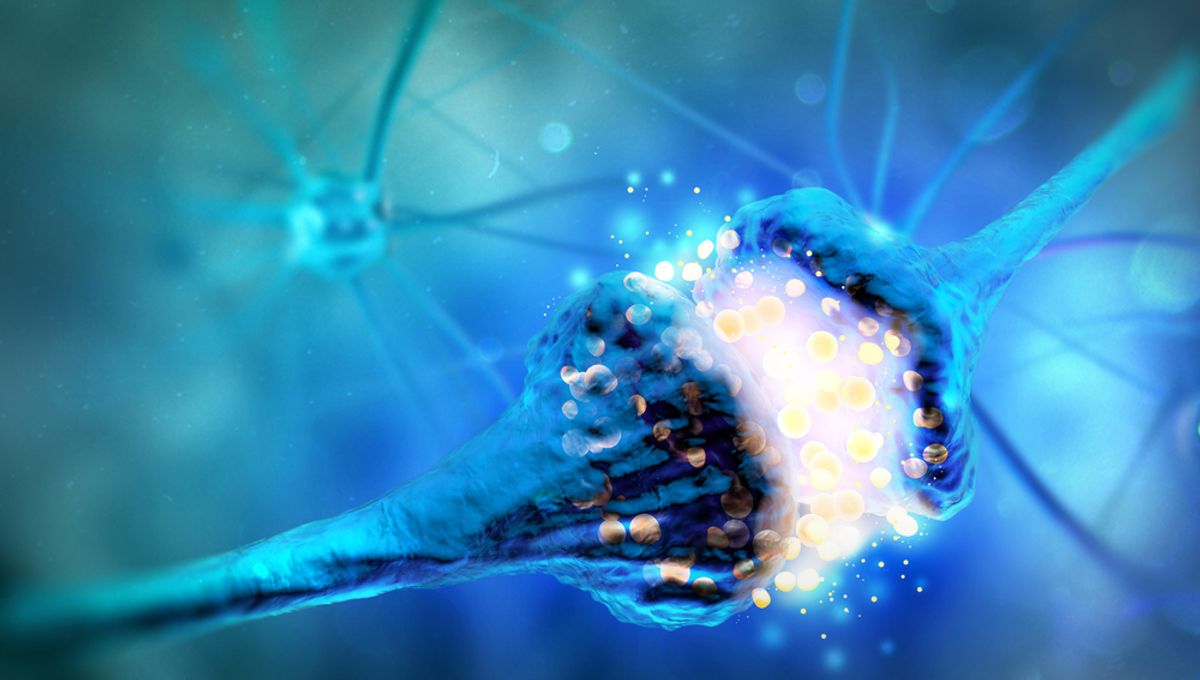
A gene therapy infused directly into the brain has been used to treat a rare genetic condition in children, showing promise in clinical trials. Upstaza, as the therapy is called, improved the symptoms of all participants in the small trial – even giving some children the ability to walk and talk for the first time.
Aromatic l-amino acid decarboxylase (AADC) deficiency is a genetic disorder of the nervous system. Only about 120 cases have ever been reported, and around half of these have been in people of Asian ancestry.
The condition is caused by mutations in the DDC gene, which encodes a protein that is essential for the production of serotonin, dopamine, and other important neurotransmitters. People with AADC deficiency either don’t have enough of this protein or have a faulty protein, meaning they fail to produce enough neurotransmitters.
This manifests in a number of symptoms, including difficulty coordinating movements, particularly of the face, head, and neck. Patients generally struggle to sit up, walk, and talk, and may also experience oculogyric crises – spasms in the muscles of the eye that fix a person’s gaze upward.
There is currently no cure, but gene therapies such as Upstaza have shown the potential to ease symptoms.
Upstaza works by providing a healthy copy of the DDC gene directly to the brain’s nerve cells. To do this, a small hole is made in the skull and a modified and harmless virus, containing the copy of the gene, is delivered to the putamen – the area of the brain involved in learning and motor control that is particularly important for speech and movement.
Trials testing the therapy have been ongoing for many years, and their successes reported in several studies. In results presented at the annual symposium of the Society for the Study of Inborn Errors of Metabolism in Freiburg, Germany, 30 children with AADC deficiency were given the therapy. All saw an improvement in motor and cognitive function, as well as oculogyric crises. Greater improvements were seen when treatment was administered early:
“The ones who got it before four years of age, it’s quite a dramatic difference,” trial lead Wuh-Liang Hwu at the National Taiwan University Hospital told New Scientist. “We say they have been reborn.”
Remarkably, some of the children involved were able to walk and talk following treatment. According to New Scientist, seven children learned to walk and three to talk after receiving Upstaza.
The trial is obviously very small, and there is still much testing to be done, but the results so far certainly offer hope to people living with AADC deficiency.
In July this year, Upstaza became the first approved disease-modifying treatment for AADC deficiency and the first marketed gene therapy directly infused into the brain when it was authorized by the European Medicines Agency.
It is hoped that the US Food and Drug Administration will follow suit.
The clinical trial results were presented at the annual symposium of the Society for the Study of Inborn Errors of Metabolism.
[H/T: New Scientist]
Source Link: Gene Therapy Sees Children With Rare Genetic Condition Walk And Talk For First Time